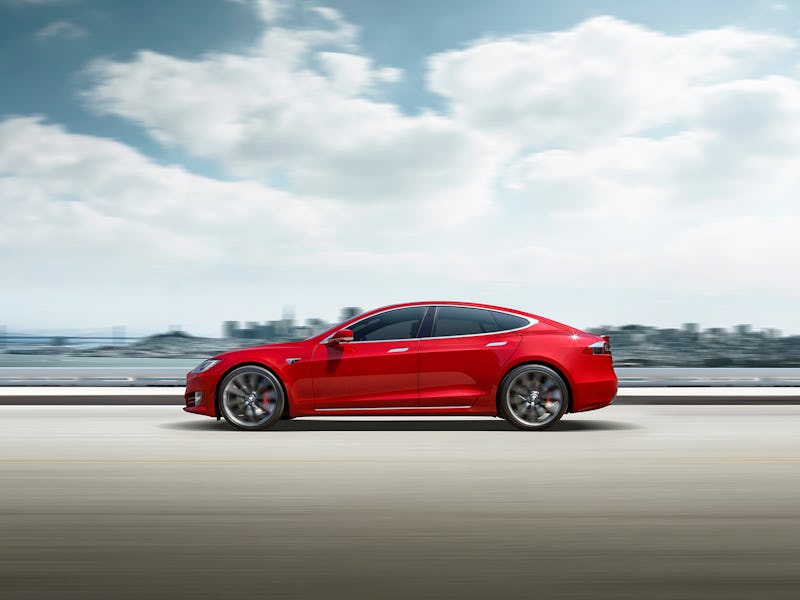Tesla battery range just beat a key milestone thanks to 4 features
The Tesla Model S has pushed past its previous records to reach an all-new number of miles between charges.

Tesla has reached a key milestone in its quest to bring electric cars to a mass market.
On Monday, the company announced that North American versions of the Tesla Model S Long Range now have a range of 402 miles, as confirmed by the Environmental Protection Agency. It's a 20 percent boost when compared with last year's Model S 100D, the firm's longest-range car at that point. The new rating applies to vehicles that went into production earlier this year, meaning the new rating will retroactively apply to a handful of vehicles already on the road.
It's a big win for Tesla, which has pushed hard to break the symbolic 400-mile barrier. Tesla has stated that its goal is to bring electric vehicles to a wider audience, and battery range is a big issue in making that happen. A Volvo survey from February 2019 discovered that 58 percent of non-electric drivers are concerned about running out of power before they can get to a charging point.
Tesla names four features that helped it make the grade:
1 – Mass reduction – Making the car lighter means the battery has to exert less energy to move it the same distance. Tesla claims it has achieved reductions by taking lessons from the Model Y and Model 3, its two mass-market vehicles that hit roads in 2017 and 2020 respectively, and bringing them to its premium Model S and Model X vehicles that hit roads in 2012 and 2015 respectively. The firm is also using lighter materials for its battery pack and drive units, as well as a more standard way of manufacturing seats.
2 – New aero wheels – Making the car more aerodynamic helps it slice through air with greater ease. The Model S' new "Tempest" 8.5-inch-wide aero wheels work with a custom-made tire designed to roll easier. These improvements boost overall range by two percent.
3 – A more efficient drive unit – Tesla has replaced the older, mechanical oil pump with an electric oil pump. This helps reduce friction by increasing lubrication no matter the speed of the vehicle itself. This, paired with gearbox improvements, have led to another two percent boost to overall range.
4 – Better regenerative braking – This feature helps regain battery range by using the car's motor to work as a generator. This provides battery energy while also slowing the car down, making it a more efficient method of slowdown than traditional brakes. Tesla's new "HOLD" feature combines the two to bring the car to a stop when the driver takes their foot off the accelerator. Tesla has tweaked this to use regenerative braking at slower speeds than before, capturing more energy.
The Tesla Model S.
Prior to this week, this version of the Model S was listed with an advertised range of 391 miles. This rating was provided by the EPA through its standardized test, where it runs an electric car on a dynamometer – essentially a giant treadmill. It runs through various scenarios like highway and city driving, adjusting the speed accordingly.
Tesla CEO Elon Musk, however, claimed during the firm's April conference call that during the last test, "the EPA left the car door open and the keys in the car, and they did this overnight." This caused the vehicle to lose two percent of its range. The EPA responded by telling Inverse that "EPA tested the vehicle properly, the door was closed, and we are happy to discuss any technical issues with Tesla, as we do routinely with all automakers.”
The Inverse analysis – Tesla's new feat is impressive, but it could pale in comparison to what comes next. The 2021 Cybertruck is expected to reach over 500 miles, while the 2022 Roadster is expected to drive for over 600 miles. It's arguable whether most drivers will require such high levels of range, especially with the supercharger network that enables drivers to get back on the road within minutes. But for peace of mind, and to make the electric vehicle work more like a traditional car, the new figure is a big step in this journey.